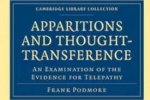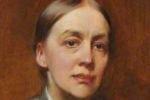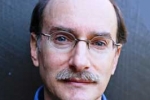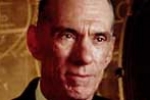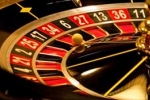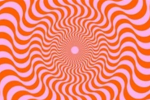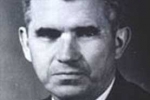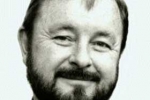Successful telepathy experiment carried out by Rupert Sheldrake and Aimée Morgana with an African Grey parrot which she had taught to speak a large number of words.
ESP
Published in 1894, this book by a leading member of the newly founded Society for Psychical Research is one of the best available overviews of nineteenth century ESP literature.
Surveys the investigative literature on precognition, giving examples of reported cases and describing the views and conclusions of individual researchers.
An unconscious form of precognition that can be demonstrated in controlled conditions using techniques commonly used in psychophysiology. The effect is small but the findings have been widely replicated.
The Princeton Engineering Anomalies Research (PEAR) laboratory was founded in 1979 by Robert Jahn and carried out ground-breaking research in psychokinesis (PK) and remote viewing for nearly three decades.
Experimental and anecdotal evidence suggests that psi can sometimes be used to advantage in gambling and financial speculation.
Before use of psychedelic drugs was banned in the 1960s, efforts were made to verify experimentally indications that the drug state is conducive to ESP experiences. A gradual easing of restrictions means this research could soon resume.
Explores the overlap between parapsychology and psychology, describing the personality and other psychological variables that researchers have uncovered in relation to psychic phenomena.
A type of clairvoyance facilitated by the handling of an object, which enables the psychic to describe key incidents in the lives of its previous owners.
An experimental form of ESP that emerged in the late 1960s, in which a suitably trained person attempts in a meditative state to visualise the topography of a distant scene. A considerable degree of success has been demonstrated by three scientific groups, one funded by the US military.



